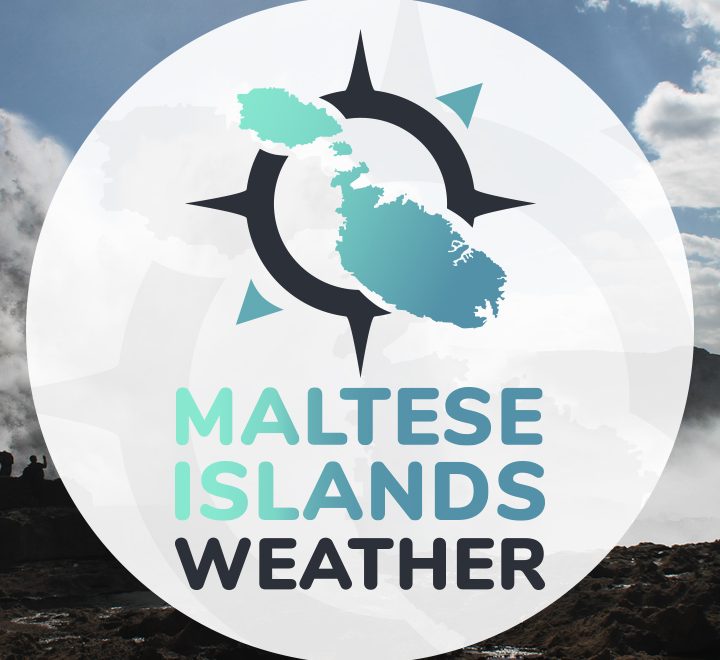
The sea has recently breached the shoreline in a number of coastal towns and villages in Malta. This was not caused by the tide but is a phenomenon referred to by experts as an “atmospheric tsunami”. Technically known as seiche, or milgħuba in Maltese, the phenomenon is not uncommon and could take place both in good or bad weather at-casinos.com. If the conditions are ideal, the open sea oscillates, creating special signals known as long period waves that are very similar to a tsunami wave. Seiche waves are much smaller than tsunami waves, and they are caused by completely different mechanisms. Seiche waves are caused by fluctuating atmospheric pressure that makes open sea waves rise and fall. Two atmospheric pressure patterns can cause this. An area of high pressure out at sea could push the sea, causing it to rise elsewhere. Conversely, an area of low pressure at the coast could cause the sea to rise. It can also be caused when the wind blows steadily from the same direction for a prolonged period of time. In our case, it was caused by the latter. The intense low pressure (996hPa) over the Maltese Islands caused a temporary rise in sea-level. This is because there is less atmosphere above that particular area of sea, allowing it to rise higher. Winds then pile up the water and push it towards the shore. In our case, the wind was from the South Southwest. Hence, flooding occurred along the south coast. The temporarily elevated sea-level floods low lying coastal areas, similar to an astronomical tide. Due to the bay being enclosed, the water oscillates, like water in a bath tub sloshing from one side to the other, and as a result waves could be seen moving out and back into the bay. Very little can be done to prevent this from happening.




0 comments
Write a comment